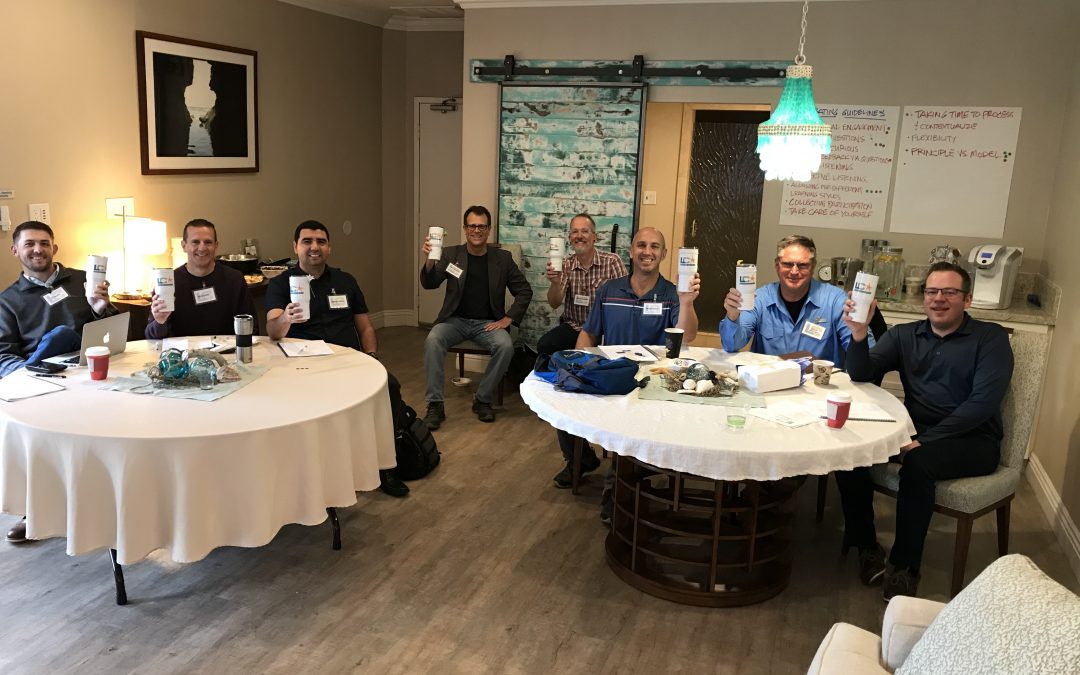

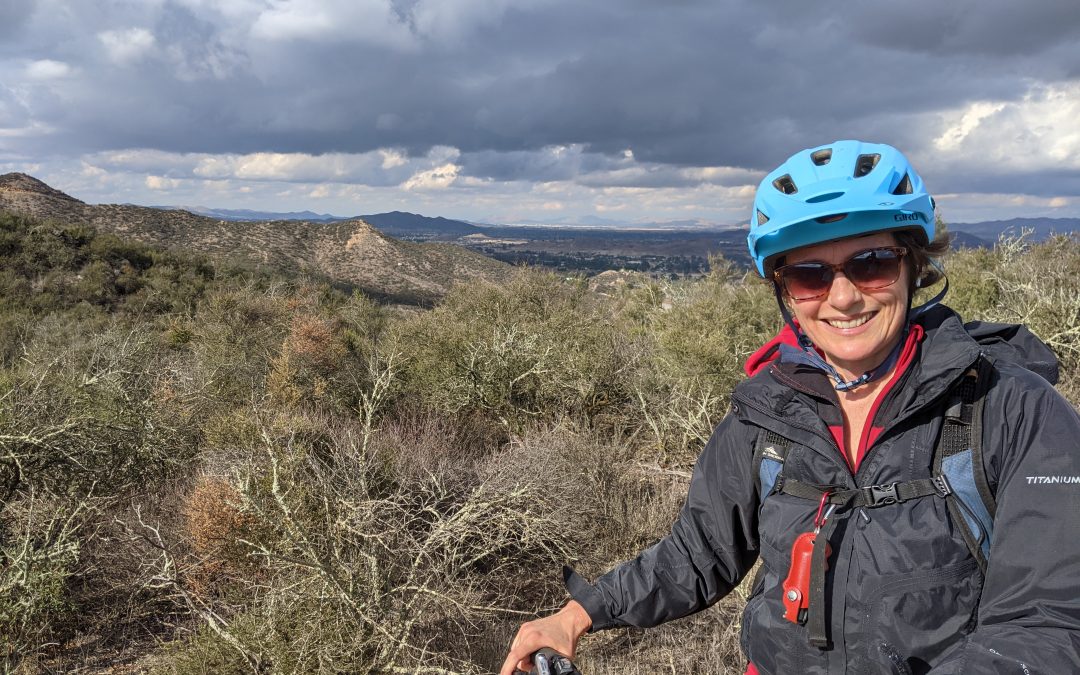
Where do you find inspiration?
Right now, you and I must be creative in our efforts to discover inspiration.
If you listen to the typical news report, read the latest updates on what is going on in the world and allow your mind to focus on reasons to be fearful – those messages can be less than motivational. It can be downright depressing. Or in my darker moments, they just feel evil.
Today I want to ask this question: Where do you find inspiration?
You might be in the throws of finding the right path to navigate complex issues of ministry. For instance, now that you have “righted” the ship and are discovering how to conduct a hybrid ministry; you might be asking yourself how long will this last. Of course, no one knows the answer to this question. Theologically you hold to the inspiration found in Jesus’s ministry, the Psalms and the writing’s of the Apostle Paul. In the moments when all odds stand against you, your leadership and even your family – the Word is our source of inspiration.
AND in the midst of challenges it is essential that you grab onto sources of inspiration that force you to see God in a new ways. One way I find inspiration is through mountain biking. It provides a needed distraction, forcing me to consider life and ministry from a fresh perspective. I enjoy riding with my wife. Mountain biking provides companionship with Gina, breathing life into my weary soul and tired body. Afterwards, I see things differently. It puts events into it’s proper perspective. Inevitably, I discover a new insight I did not have before the ride. Most important is the gratitude I feel when I realize how big God is and how small our world is and my place in it!
Where do you find inspiration?
In the next month we are launching three Leadership Collectives. One of the take-aways for leaders that experience the Leadership Collectives is the inspiration they receive throughout the process. Please look there over and if you have anyone in your network that might benefit – share it!
Leadership Collective
Leadership Collective for Multi-Ethnic Leaders
Leadership Collective for Parent Church Leaders
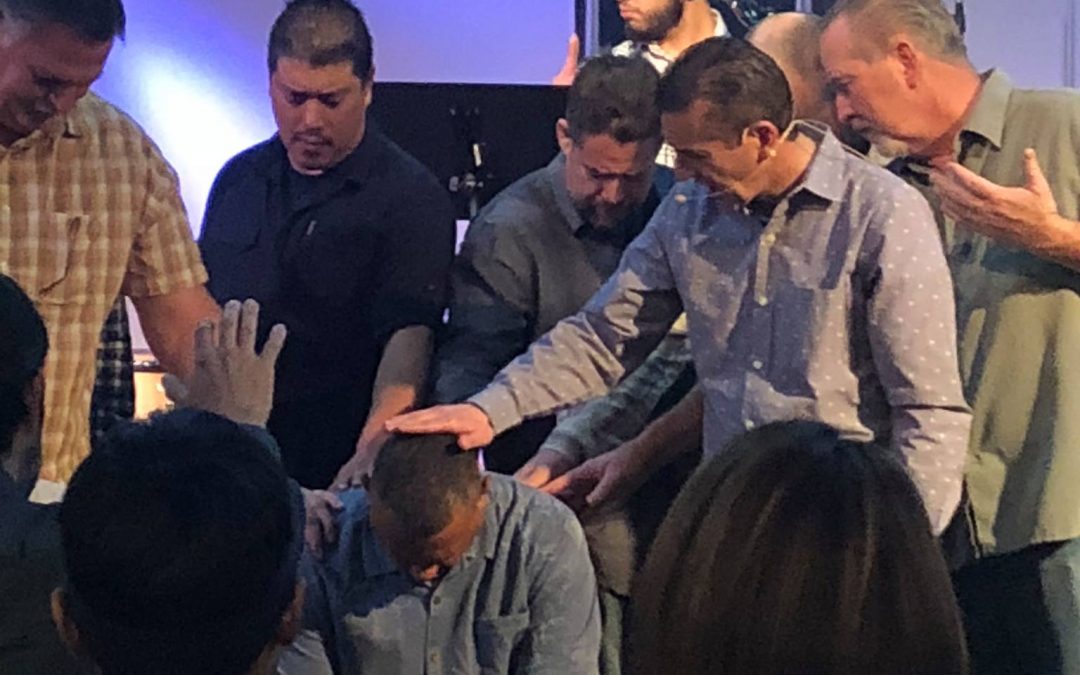
Multi-Ethnic Ministry Question #3: What is your leadership development strategy?
This third question is important! In a very pragmatic way, this question will determine your true intent. Let’s review those questions again:
- What is your “why”?
- How will you create a culture of diversity?
- What is your leadership development strategy?
Let me explain the statement I made above – this question will determine your true intent.
If you are serious about having leaders who are from diverse ethnic backgrounds:
- you will make disciples who navigate the challenges associated with crossing ethnic boundaries in your community
- you will attract emerging leaders of diverse ethnic backgrounds
- you will plant multi-ethnic churches
Each of these deserves an entire blog series. However, if you are curious and interested in taking the next step to either plant or develop multi-ethnic ministry in an established church, I would like to invite you to an upcoming event. Let me reiterate – my intent is to challenge church leaders to consider a the strategic missiological teaching on the phrase – make disciples of all the nations (panta ta ethne). I am expanding on this strategy and contextualizing it to the church in the West.
FB LIVE Event: Leadership Makeover for Multi-Ethnic Church Leaders – Tuesday January 19 @ 9am PST/Noon EST
FB LIVE Multi-Cultural Ministry
I am collaborating with Russ Siders to discuss some of his learnings from 20+ years of multi-ethnic ministry in a FaceBook LIVE event on Tuesday, January 19, 2021 @ 9am PST/noon EST. We will build on some of the information shared here. Hope you can join us!
To go to the InFocus Ministries Facebook page – CLICK HERE.
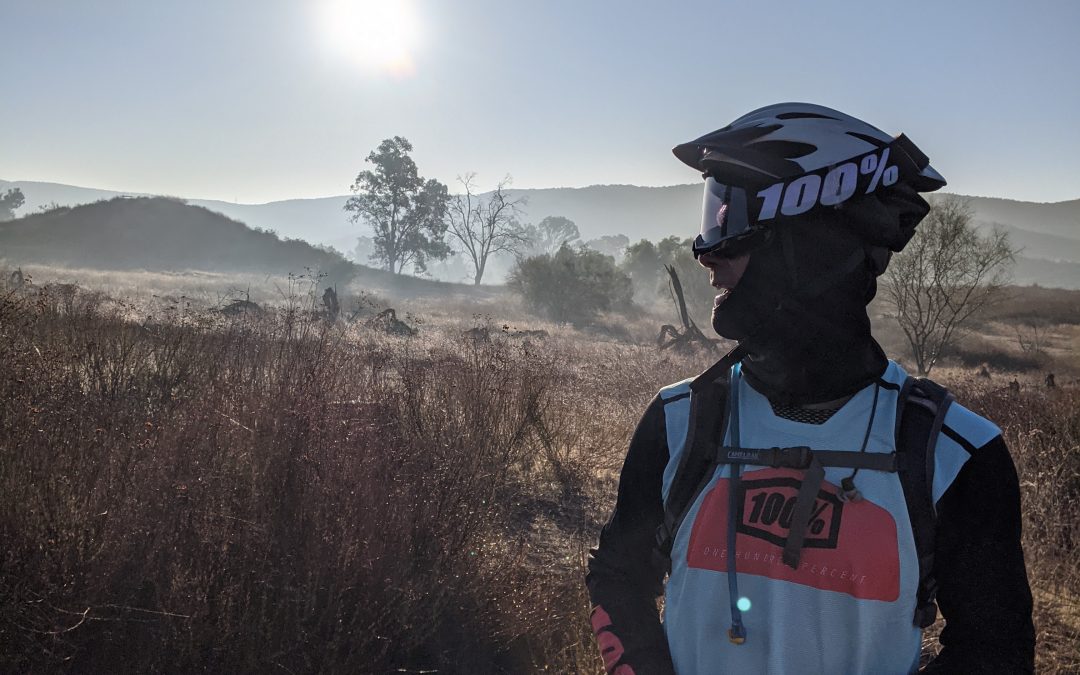
Multi-Ethnic Ministry Question #2: How will you create a culture of diversity?
For Christmas my two young-adult children gifted me with some mountain biking gear (see image above). Little did I know how dramatic the goggles would improve my technique. I have been riding for 25+ years. Over that time, I’ve sharpened my skills trying new approaches. But when I wore my goggles something fundamentally changed. One of the habits I’ve had is the tendency to look down at every nook and crevice that I ride over! With the new goggles (my first pair ever – to be exact) the frame on the lower edge does not allow me to look down; I am forced to look ahead. Guess what? My “Strava” (GPS app) times on some segments of technical trail have improved up to 30 seconds. This was a major advancement in my riding speed and enjoyment on trails that I have ridden hundreds of times over the last 12+ years. I want to challenge you with this idea today:
What adjustment can you make to enhance the effectiveness of your ministry; especially as it relates to crossing socio, economic and ethnic barriers?
There are a number of ways to accomplish the vision to plant a multi-ethnic church or for an established church to create a culture of diversity. You might already be doing a number of things to bridge the cultural divides that separate groups of people but if you can fine-tune what you are already doing or introduce something innovative, the fruit could be amazing.
Instead of outlining best practices, which have already been written about by practitioners in books like Ethnic Blends by Mark Deymaz, I will share three sure fire practices to AVOID! Hang on tight – here we go:
- Don’t think short-term: envision what the church can become in 3-5-7 years!
- Last week I referenced Martin Mora who is the Worship Arts Director at Sunrise Community Church (SCC). The founder of SCC is Russ Siders. His vision for a multi-ethnic church was instilled in the DNA of the leadership team and congregation from it’s inception in 1998. Today, the surrounding community is reflected in the congregation:
- 40% Anglo
- 45% Hispanic (both English and Spanish speakers)
- 15% African American and other ethnicities
- Reflection Question: How close does the make-up of your church reflect the demographic of your community?
- Last week I referenced Martin Mora who is the Worship Arts Director at Sunrise Community Church (SCC). The founder of SCC is Russ Siders. His vision for a multi-ethnic church was instilled in the DNA of the leadership team and congregation from it’s inception in 1998. Today, the surrounding community is reflected in the congregation:
- Don’t be so focused on diversity that you lose sight of the mission: be fruitful & multiply!
- One of the challenges I have seen is when leaders become over-focused on an issue to the detriment of making disciples, developing leaders and planting churches. Russ Siders lived in the tension of becoming a multi-ethnic church and the mission of Jesus. Living in that tension, Sunrise “daughtered” a multi-ethnic church. Imago Church, located in Visalia, is a gospel-centered ministry seeking to reach out in both English and Spanish so that people can find hope through a relationship with Jesus.
- I will be collaborating with Russ to discuss some of his learnings from 20+ years of multi-ethnic ministry in a FaceBook LIVE event on Tuesday, January 19, 2021 @ 9am PST/noon EST. We will build on some of the information shared here. Hope you can join us!
- Reflection Question: How do you measure the fruit of your ministry?
- Don’t just talk about multi-ethnic ministry: do something!
- When Gina and I moved downtown into the inner city of Phoenix in 1995, I quickly realized that there were a lot of things I knew, I didn’t know! That led me to invite three pastors from distinct communities to participate on an advisory board. I asked them to educate and advise me how to navigate the unique challenges and opportunities of our city. I remember how rich and enjoyable our quarterly meetings were. William Hogans, Gayle Parker and Pablo Contreras gave me the gift of sharing their life and ministry experience.
- My point is, you might not be able to hire a pastoral staff person right now of another ethnicity, but you can certainly begin to learn from other people who have a different ethnic or social or economic background. For all of our married life, some of our best friends have come from different backgrounds than ours. Gina (my wife) is a “third culture” citizen of the world and my culture is American-European. The best advise I received from one of our dearest friends is to – invest in the relationship, treat each other with love and respect, and remain curious. Just this one simple act establishes bonds that will overcome many of the obstacles that get in the way of multi-ethnic ministry.
- Reflection Question: Who are you engaging with that is from a different ethnic or social or economic background?
Next week we will address the third and final question: What is your leadership development strategy?
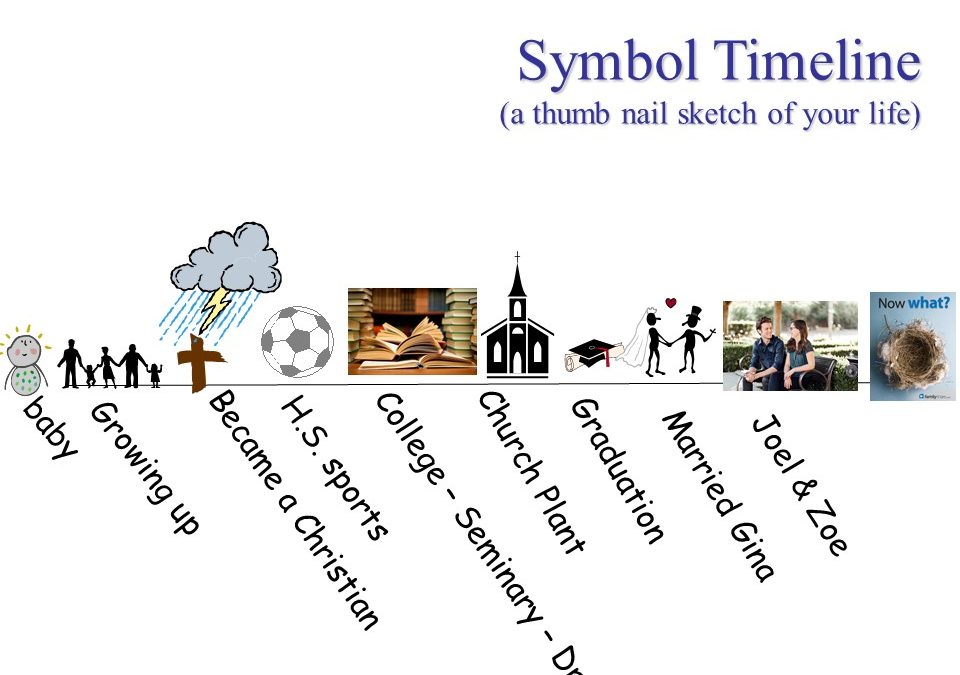
How to clarify your values – 5 Easy Steps
Why is it important to know your values?
- Values serve as guide rails for leaders and organizations
- Values provide guidelines for appropriate behavior
- Values accelerate personal development
I like to say that values are the things leaders argue for when the values are challenged. Vision, as others suggest is…
Vision is a picture of the preferred future from God’s perspective.
A leader without a clear set of values is like a ship without a rudder. The ship is afloat, but not going anywhere in particular.
Do you know your values?
Take a moment to reflect on those things that are important to you.
Perhaps it is taking a walk or hike, getting to know your neighbors or spending a day at the beach with your immediate family. Maybe it is reading a good book, making stuff with your hands or cooking. Whatever those things are – you will find a way to do those activities you value.
During challenging seasons, it is natural to examine and discover what is important to us, often as a function of those things no longer being available or accessible because of extenuating circumstances. Travel, time with friends, sporting events, concerts, creating, connecting and establishing relationships – the list goes on and our priorities are distilled down to the essentials when life twists and turns. If we allow it, our human resilience rises up and we find ways to create opportunities to fulfill our deepest desires and highest priorities.
What are the values of a disciple coach?
Let me suggest that disciple coaches value certain behaviors. Disciple coaches understand the importance of connecting with pre-Christians, helping new disciples grow in their faith, challenge disciples to move from “consumer” to “contributor” to serve members of their community and reproduce themselves into the lives of other new followers of Christ.
Here are those values again, taken from the Making Disciples Storyboard:
- CONNECT
- GROW
- SERVE
- REPRODUCE
How can you clarify your values?
I was talking with a young, emerging leader recently who stated his desire to identify his values. Those things that are near to his heart, as a part of his maturing process moving into adulthood. This is what we did.
I asked him to take a look back and find the consistent themes that emerged from positive and negative experiences throughout his life:
- Influential people
- Circumstances that shaped him
- Events that encouraged new ways of think and behaving
From that list I asked him to identify lessons he learned. One lesson was – “be true to myself”.
From those lessons, he identified values. For instance – from “be true to myself”, he arrived at Authenticity.
Personal Timeline Exercise
We were instructed to go through an exhaustive and lengthy recollection of our leadership journey to-date. As I journaled my story the professor, Dr. Gordon Klenck, instructed us to lay-out our life in a timeline, identify the various “process items” Clinton describes in his material and roughly construct the phases of development. To give you an idea how long ago this was, I still have my final paper which was typed on a word processor.
Since then, Clinton has written a more concise explanation of his work in “The Making of a Leader”. I have taken many individuals and groups through this exercise using a resource that popularized the process in a weekend retreat setting called “Focused Living” by Terry Walling. A wonderful companion book entitled “STUCK! Navigating the Transition of Life and Leadership” is also available, by Terry Walling, and introduces the timeline in a user-friendly style.
For those that want to explore your values but want a simplified version of the Personal Timeline process, I would suggest a “Symbol Timeline”. We initially used this exercise as a primer for the more expanded version of the Personal Timeline -see above. It will serve the purpose of identifying your values. Follow the steps below; but instead of listing the people, events and circumstances – draw them out like in the image at the top of this blog.
Remember, the goal of the Symbol Timeline is to use symbols to illustrate the major milestones in your life and distill the lessons you learned, so that you can identify your values.
5 STEPS TO CREATE YOUR SYMBOL TIMELINE
STEP 1
STEP 2
STEP 3
STEP 4
STEP 5
- CONNECT
- GROW
- SERVE
- REPRODUCE
If you would like to participate in a cohort that will be going through this process together please join the Leadership Collective for Missional Discipleship online learning community – CLICK HERE. This will be the first time me and Micah Dodson of Thrive Church Planting have offered this FREE cohort to help you synthesize your values. The process officially begins October 1 and runs for 4 weeks. We will be limiting the group to 15 participants; sign-ups are on a first come, first serve basis.
By joining the Leadership Collective for Missional Discipleship online learning community you are NOT obligated to participate in the year-long process we outlined in last week’s blog – CLICK HERE. However, this serves as a clarifying, stand-alone exercise and can be a tremendous pre-cursor to the Leadership Collective for Missional Discipleship.
If you are interested in participating in the FREE Leadership Collective for Missional Discipleship online learning community – CLICK HERE.

People do what people see: 5 questions to discern the mission-critical activities you want to model
There is this interesting dynamic that occurs in nature. The dynamic of “imprinting” suggests that what we model as leaders is what people will emulate.
Imprinting, in psychobiology, a form of learning in which a very young animal fixes its attention on the first object with which it has visual, auditory, or tactile experience and thereafter follows that object. In nature the object is almost invariably a parent; in experiments, other animals and inanimate objects have been used. Imprinting has been intensively studied only in birds, especially chickens, ducks, and geese, but a comparable form of learning apparently occurs in the young of many mammals and some fishes and insects.
See Britannica article
In parenting this is certainly the case.
When it comes to ministry and more specifically, leadership, I suggest that what we do is more important than what we say. Let’s unpack this a bit more…
- When new Christians come to faith, it is important that they “imprint” upon the Lord for protection, sustenance, and training in how to be a Christ follower. (Neil Cole)
- When modeling the practices of spiritual growth and maturity, the spiritual leader transfers those behaviors, both positive and negative, to the maturing disciple.
- When leading, the leader intentionally and unintentionally communicates what is important, like developing people, leaders who take people development seriously prioritize this behavior.
In ministry this is certainly the case.
- FIRST, the importance of small group ministry.
- SECOND, the importance of leadership development.
- THIRD, the importance of being on mission
It is hard to get around this fact – People do what people see!
5 questions to discern the mission-critical activities you want to model
- What mission critical behaviors are you modeling for the leaders you are developing?
- What activities can you delegate to others that are non-essential for you to do yourself?
- What activities can you stop doing altogether that will make room for more mission critical activities?
- What mission critical behaviors do you need to do more of?
- How and when are you going to implement this change?